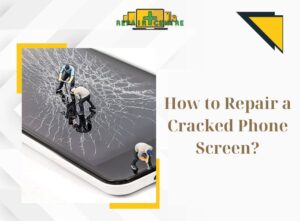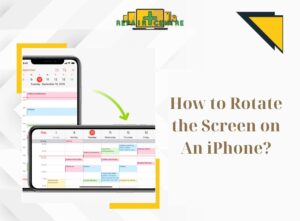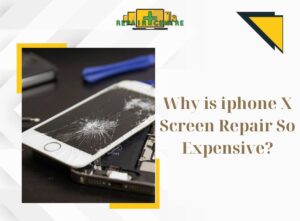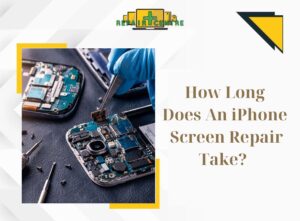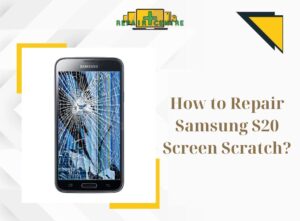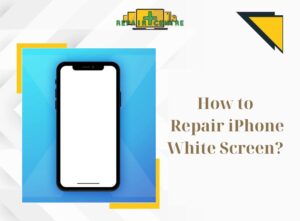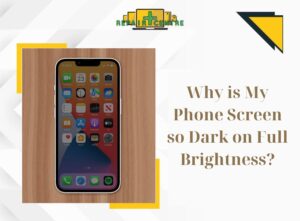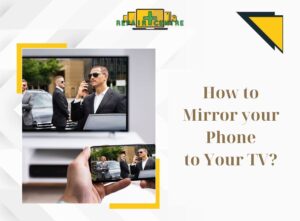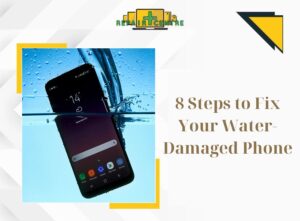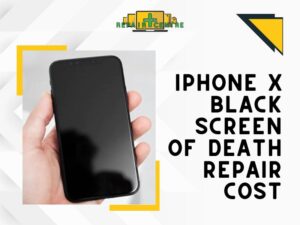Recently, the European Commission, the executive agency of the European Union (EU), has introduced regulations mandating the use of the Type C port as the standard charging interface for the EU market. This directive applies to Apple as well. To maintain a presence in this market, Apple’s iPhone models are required to transition from the Lightning charging port to the Type C port. But does this switch to Type C impact the charging performance of the devices? To address this question, let’s explore the iPhone Type C charging port and determine if it truly offers advantages over Lightning.
I. What is the iPhone Type C charging port?
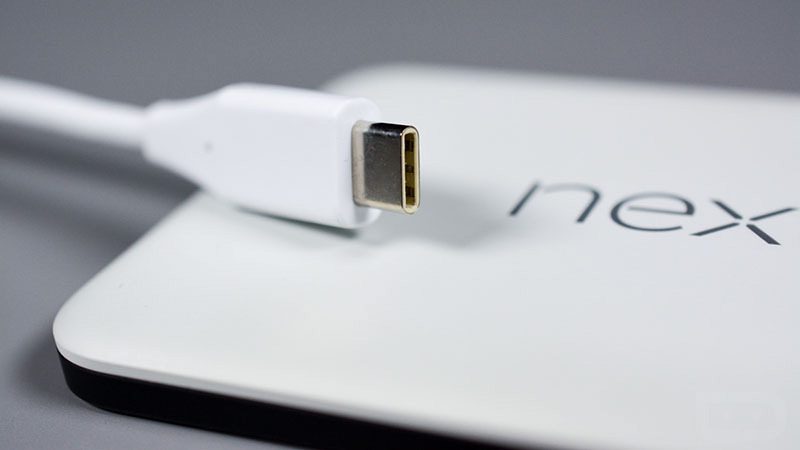
The Type C charging port, also referred to as USB-C, has gained popularity as a universal connection standard across various smart devices. Notably, each Type C cable connector incorporates a total of 24 pins, with 16 dedicated to data transmission, four for power supply, and four serving as ground pins. This configuration creates a versatile, dependable, and advanced connectivity environment.
The adoption of the Type C (USB-C) connection port has been spurred by newly enacted EU regulations, mandating its use by electronic manufacturers. This directive aims to reduce electronic waste and promote the use of a shared charger for powering all new devices.
In response to the European Commission’s new standards, Apple has affirmed its commitment to compliance. The company pledges to introduce upcoming product lines, such as the iPhone 15 and iPhone 16, featuring a transition from the Lightning charging port to the iPhone Type C port. This significant shift represents a pivotal moment for Apple as it adapts to emerging technology trends and strives to enhance the user experience.
Read more: When Will Iphone 15 Be Released?
II. What is the difference between iPhone Type C and Lightning charging ports?
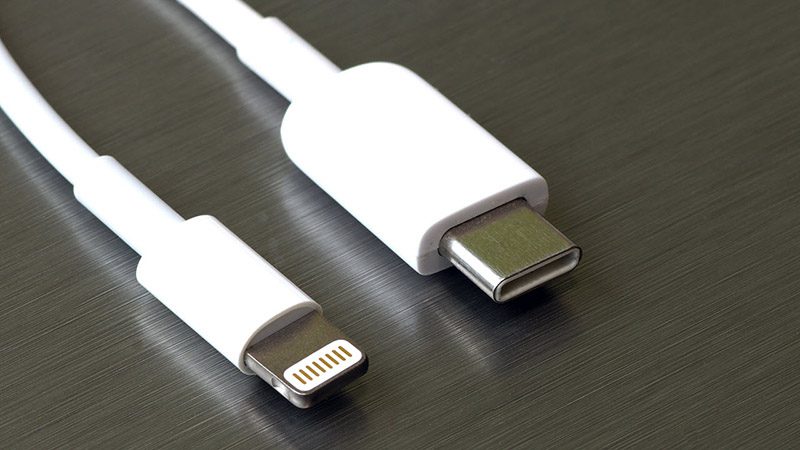
The shift from the conventional charging port to the iPhone Type C port marks a significant advancement in Apple’s technology journey. Let’s now explore the distinctions between these two charging ports with Phone Repair Centre.
1. Data Transfer Speed
The iPhone Type C charging port boasts remarkable data transfer speed, facilitating swift movement of large data files. In contrast, iPhone models equipped with the Lightning charging port are also capable of data transfer, but at a slower pace. Specifically, the Lightning charging port on iPhones is consistently limited to USB 2.0 speed. However, when utilizing the Type C charging port, it can achieve USB 3.0 or USB 3.1 speeds.
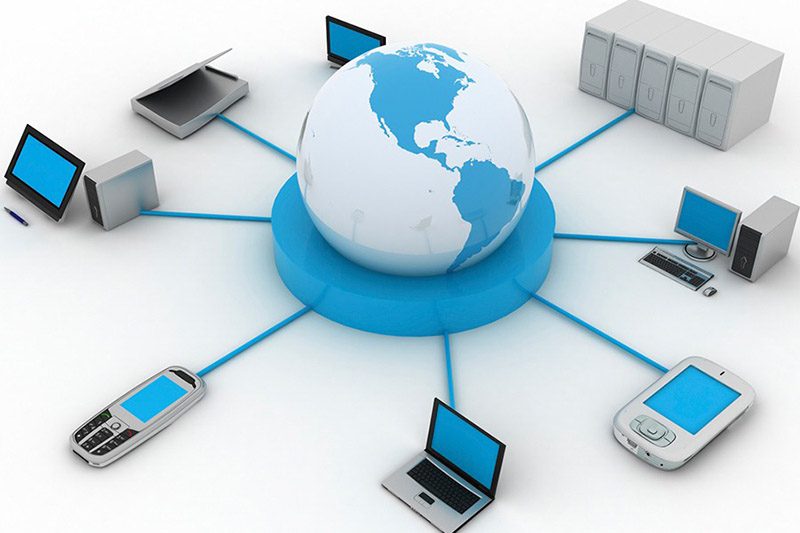
2. Fast Charging Capability
The Type C port is compatible with a wide range of smart devices, spanning from smartphones and tablets to desktop computers and laptops. Notably, the Type C port enables rapid charging, allowing users to save time and sustain higher performance when compared to the Lightning port.
Typically, the Lightning charging capacity for iPhones hovers around 20W. Conversely, the Type C charging port can reach much higher power levels, ranging from several dozen watts to even hundreds of watts, further enhancing its fast charging capabilities.
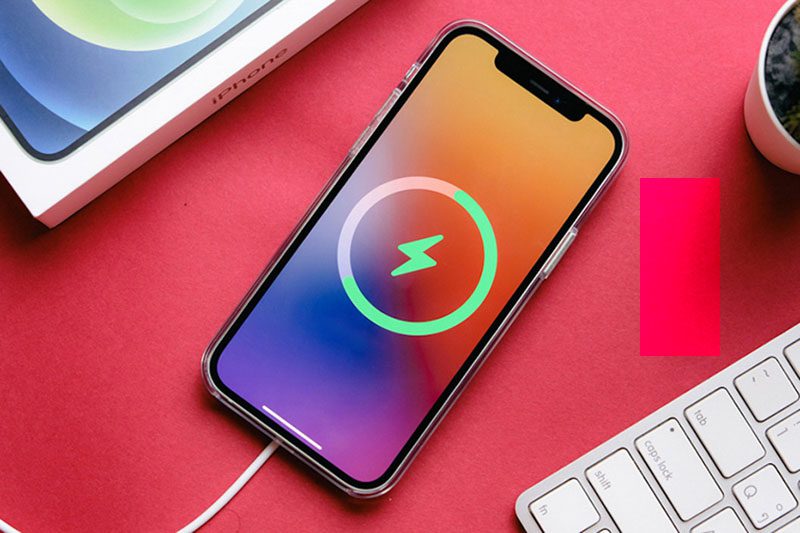
3. Cross-Platform Connectivity
The Type C charging port offers users the versatility to connect their iPhone to a wide array of devices and computers. In contrast, the Lightning port is tailored specifically for Apple devices, limiting its compatibility with other non-Apple devices and reducing the ability to establish cross-platform connections.
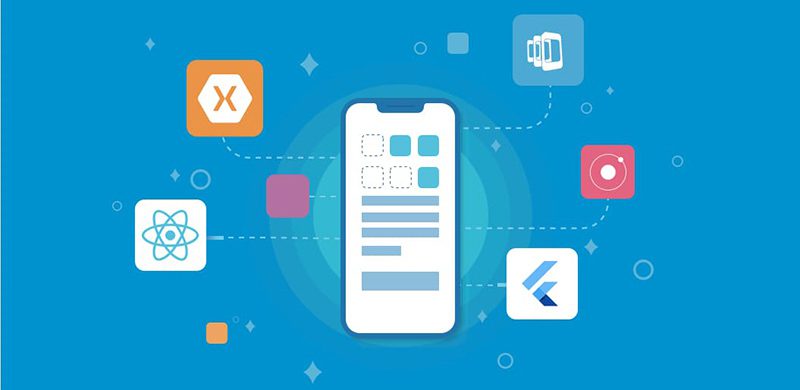
4. Time-Saving and Enhanced Efficiency
The Type C port on the iPhone excels in both fast data transfer and rapid charging, resulting in time savings and improved overall performance when compared to the Lightning port.
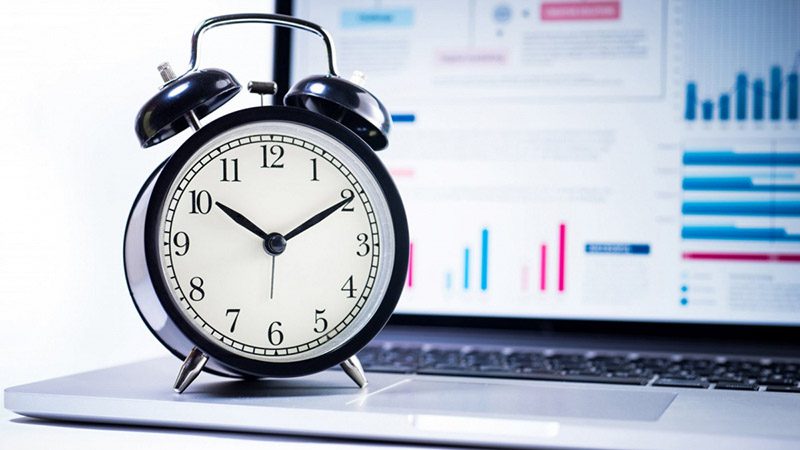
Read more: Detailed iPhone Charging Cable Price List for 2023
III. Why Apple Delays Transitioning to the iPhone Type C Charging Port?
This is a question that piques the curiosity of many. Despite the Type C port’s clear advantages over the Lightning port, Apple has primarily implemented it MacBooks and iPads, while the transition for iPhone models has been slower. Only recently, prompted by new regulations from the European Union (EU), has Apple initiated steps to make this change for its upcoming iPhone product lines. So, what are the reasons behind Apple’s hesitation to make the switch?
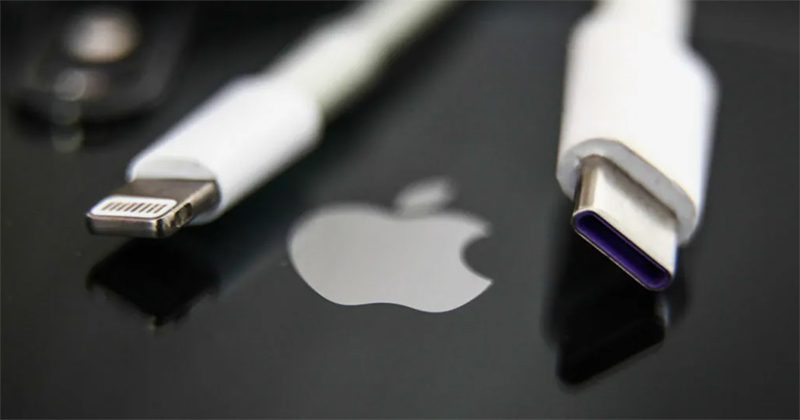
1. Influence on the structural system
Apple has developed an extensive ecosystem centered around the manufacturing and sale of accessories utilizing the Lightning port. This encompasses charging cables, headphones, adapters, and various other products. Consequently, transitioning to the iPhone Type C charging port would entail significant disruptions, elevated production expenses, and the potential loss of a substantial revenue stream generated from the sale of Lightning charging port accessories.
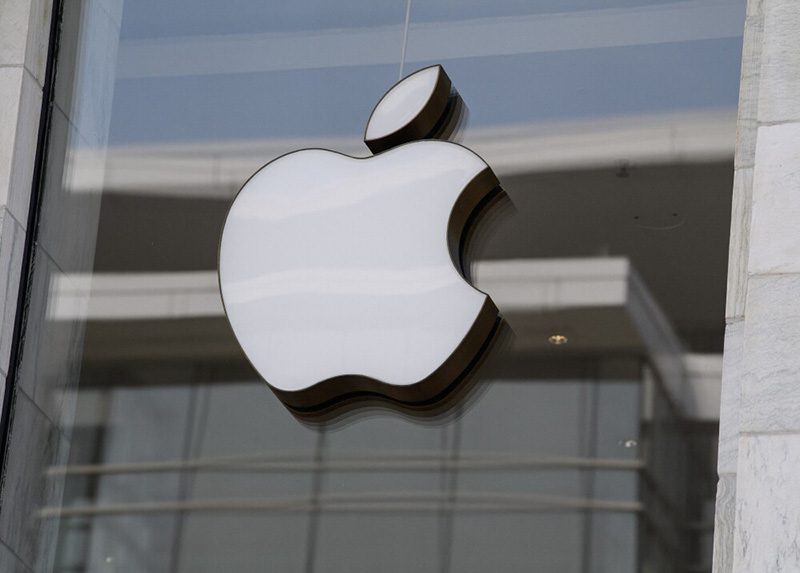
2. Impact on Quality Control
A significant factor delaying Apple’s adoption of the iPhone Type C charging port is its commitment to product quality control. With the Lightning port, Apple maintains control over the entire process, spanning from accessory production to manufacturing. In contrast, transitioning to the iPhone Type C charging port necessitates substantial adjustments to both the manufacturing procedures and accessory management. This shift obliges Apple to establish a new process to guarantee the reliability and compatibility of other accessories with their devices, which is a complex undertaking.
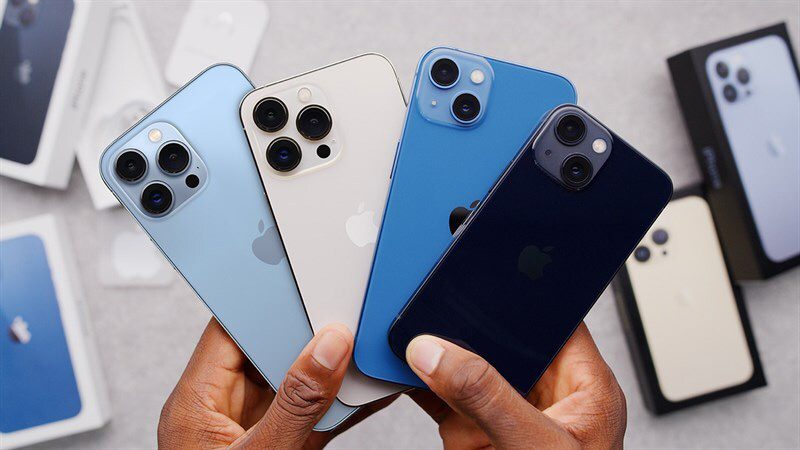
IV. Should we buy the current iPhone or wait for the iPhone Type C charging port version?
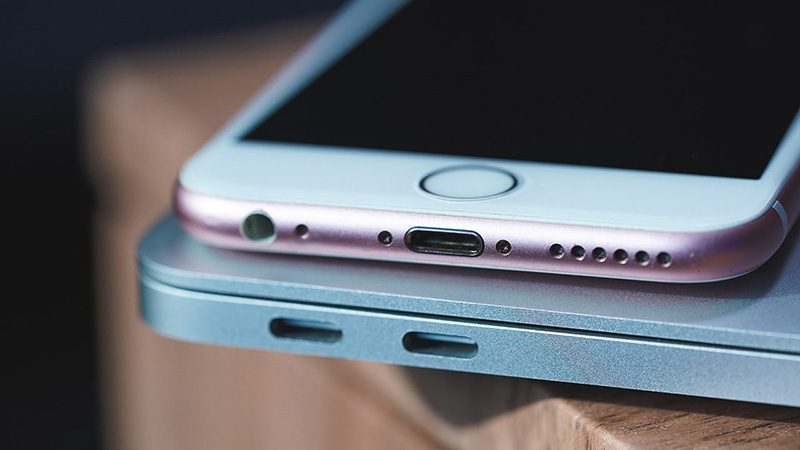
If you find yourself in a dilemma, uncertain whether to purchase a new iPhone now or wait for the version iPhone Type C charging port, take into account the following factors:
- New Performance and Technology: The current iPhone models continue to offer impressive performance and overall quality. On the other hand, the upcoming iPhone version with the Type C charging port promises upgrades in performance and quality, particularly in terms of exceptional data transfer speeds and rapid charging capabilities.
- Accessory Compatibility: If you have amassed a collection of accessories utilizing the Lightning port, opting to buy an iPhone now can save you both time and money. Conversely, for the iPhone version equipped with the
- Type C charging port, you should be prepared to invest in new accessories, which may entail a significant expense.
- Launch Timing: If you require a new phone immediately, selecting one of the current iPhone models remains a sensible choice. Waiting for the new versions, specifically the iPhone models featuring Type C charging ports, to become available on the market can take some time.
In summary, the decision between acquiring the current iPhone or waiting for the iPhone version with the Type C charging port hinges on your specific needs and priorities. Therefore, carefully evaluate the aforementioned factors to make an informed choice.
We hope this article has provided you with a deeper understanding of the iPhone Type C charging port and its notable advantages when compared to the traditional Lightning charging port. If you have any inquiries, please don’t hesitate to reach out to us via our hotline or the Phone Repair Centre website for assistance!


